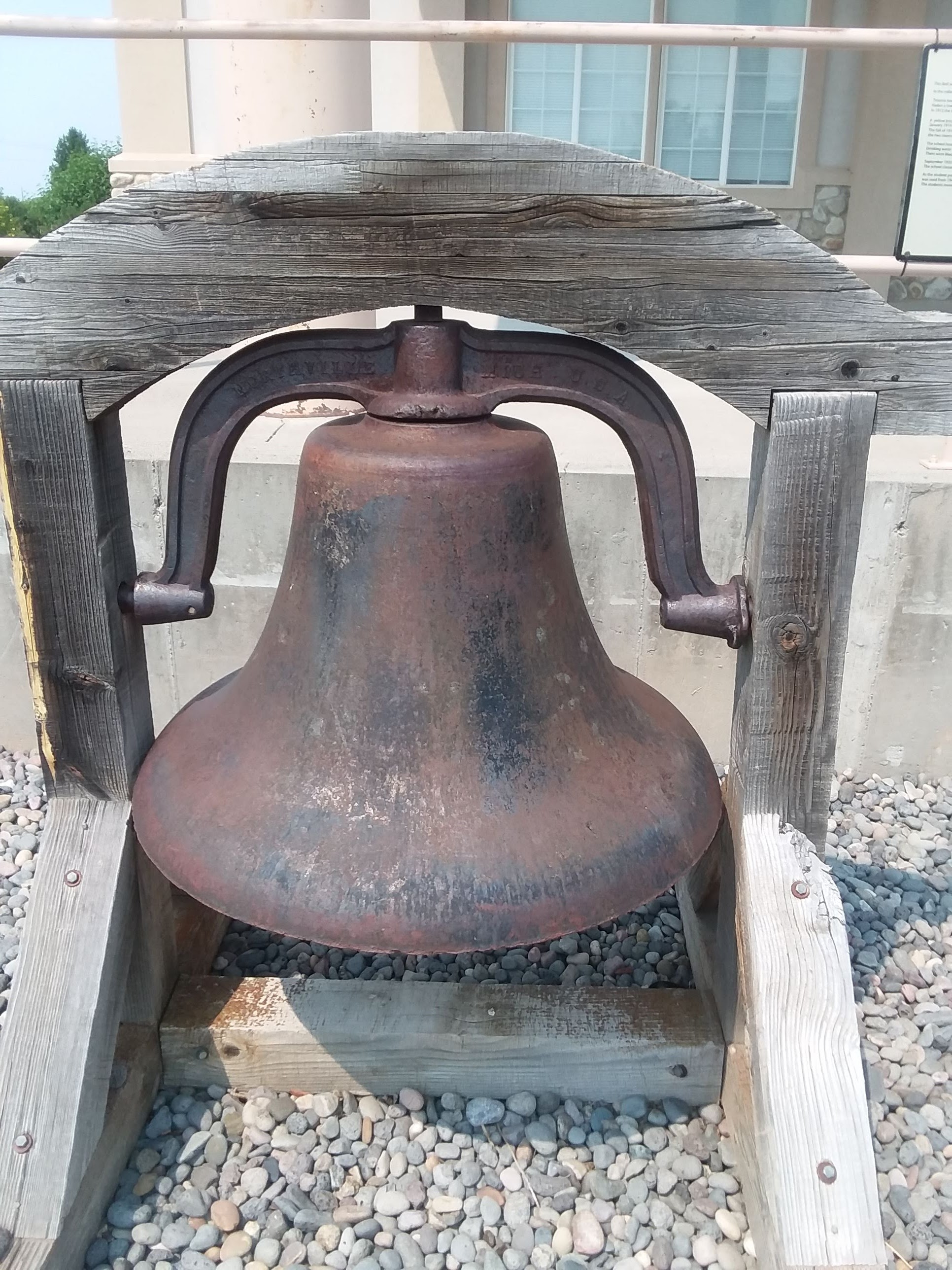
For almost my whole life, I think of the beginning of the year in September, not January. Not surprising, since from the time I was 5 years old, I’ve either been a student, a parent of young children, or a teacher, and so it seems natural to think in terms of the school year. Although many local schools start in August, September has always been the month I associate with the beginning of the academic year. But it hasn’t always been that way. In the late 1800’s, rural kids often only went to school for 5 months of the year. They had a short winter and a short summer session, and helped at home in spring and fall. In 1891 in Haden, ID, a school was required to be in session at least three months of the year. Urban students at this same time attended school much longer, in what was essentially year round school. However, event though the schools were open year round, attendance was not compulsory. During the hot summer months, many students did not attend because any family that could afford to do so left the city. Without air-conditioning, the school buildings were sweltering. Toward the end of the nineteenth century, rural and urban schools worked to make schooling more uniform. To that end, the typical 9-10 month school year, with time off in the summer gradually became the norm. (States also began passing laws that made elementary education compulsory.)
This year, 2021, the start of the school year is fraught with challenges. Covid-19 cases are on the rise again, and children under 12 are not yet eligible for a vaccine. School administrators are once again struggling with decisions about masks, social distancing, and virtual learning. I applaud all the teachers who survived the last year and a half, and are showing up again this year to face the challenges. As a former teacher, I can only imagine their struggles to work effectively in such a chaotic and ‘flexible’ environment.
Of course, teaching has never been an ‘easy’ job. It can be amusing to look at various ‘rules for teachers’ from the 19th century. (Although these ‘rules’ have not been verified as actually accurate or authentic.) One such ‘rule’ forbids teachers from loitering in ice cream shops. Another says women teachers could not ride in a carriage or motor car with any man except a father or brother. Whether or not these rules were really put in place, the challenges teachers have faced are very real. Consider trying to teach twenty or more people, ranging in age from five to twenty, all in one room.
The one-room school house was the norm in the decades before improved transportation made it possible for schools to consolidate. In the 1930’s, my mother attended a one room school house in Kansas. When she started, she was the only first grader in the school. With less work to do than the older kids, she had to go outside alone for longer recess breaks. Mom attended this one room schoolhouse through sixth grade, at which time she went to a consolidated school. This ‘big’ school had two rooms for first through eighth grades.
In September, the geese begin gathering to fly south, the leaves start to turn colors, and the school bells ring. (Although many school bells today are really buzzers that mark the beginning and end of each period.) For me, this is the beginning of a new year.

